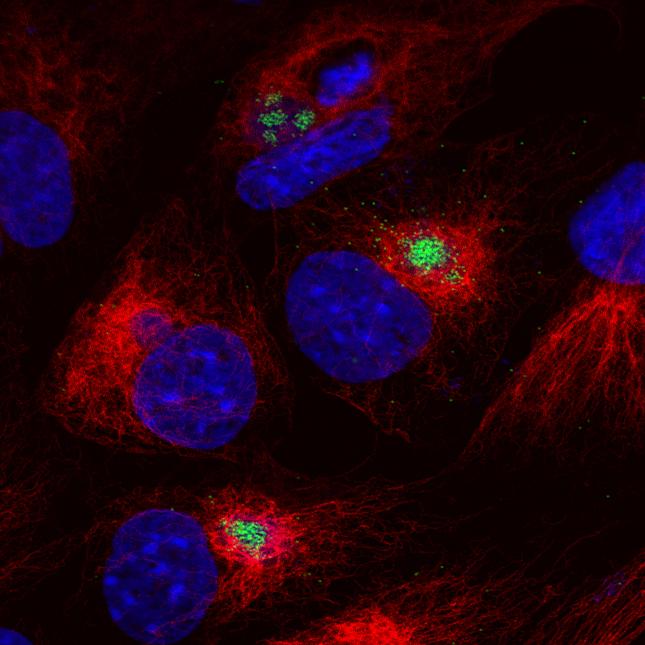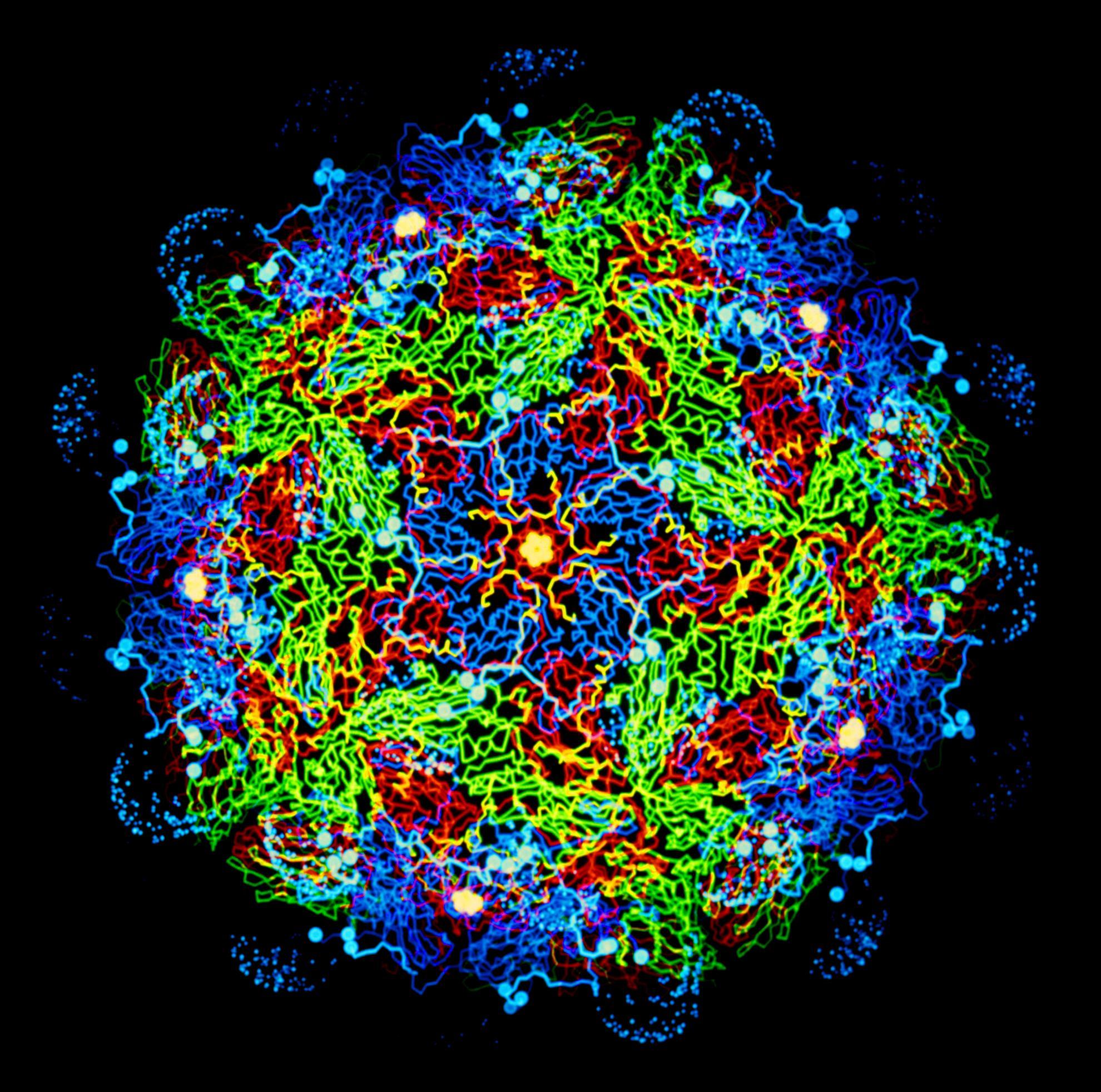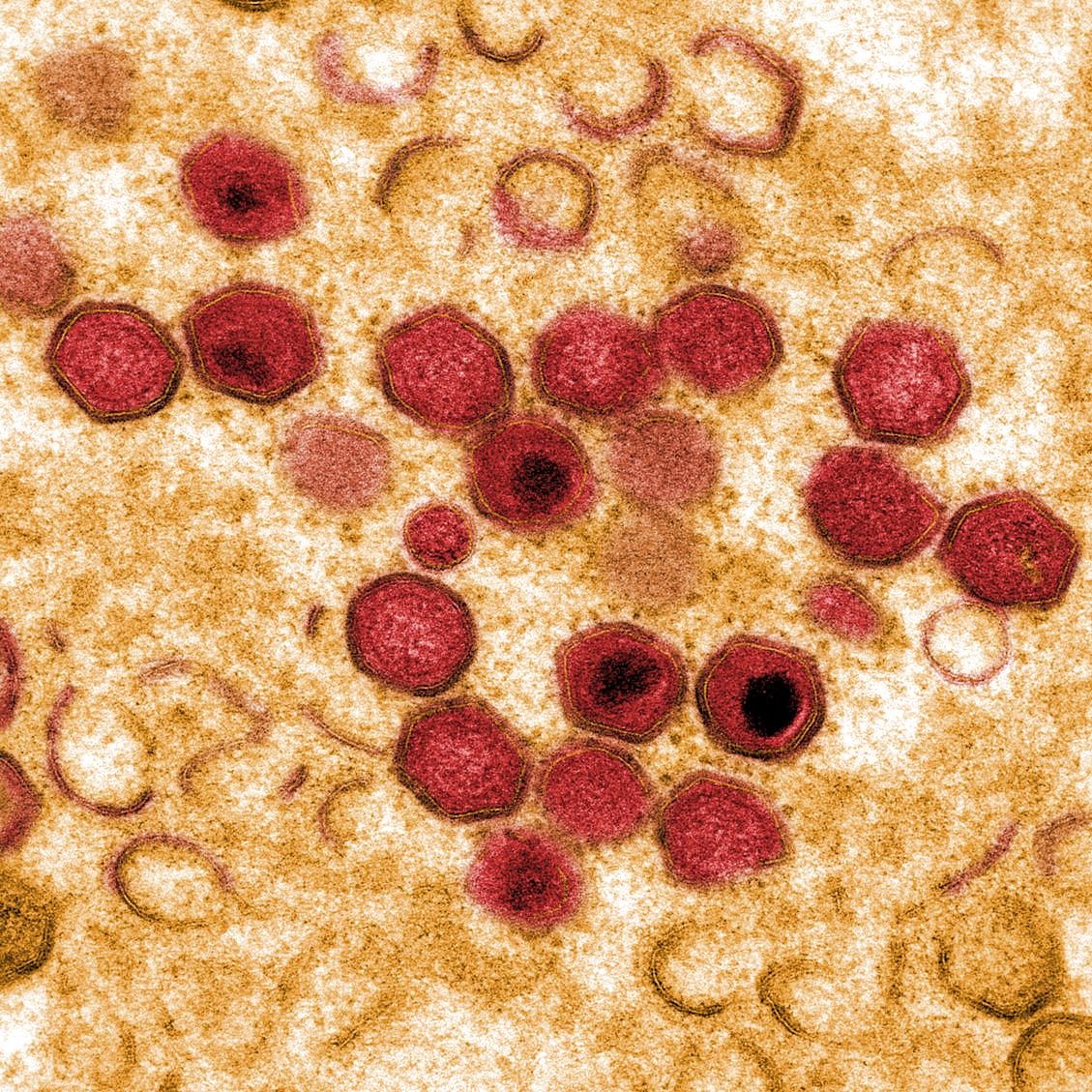Wild boar visits to commercial pig farms in southwest England: implications for disease transmission
Contact between wild animals and farmed livestock may result in disease transmission with huge financial, welfare and ethical consequences. Conflicts between people and wildlife can also arise when species such as wild boar (Sus scrofa) consume crops or dig up pasture. This is a relatively recent problem in England where wild boar populations have become re-established in the last 20 years following a 500-year absence. The aim of this pilot study was to determine if and how often free-living wild boar visited two commercial pig farms near the Forest of Dean in southwest England. We placed 20 motion-sensitive camera traps at potential entry points to, and trails surrounding, the perimeter of two farmyards housing domestic pigs between August 2019 and February 2021, covering a total of 6030 trap nights. Forty wild boar detections were recorded on one farm spread across 27 nights, with a median (range) of 1 (0 to 7) night of wild boar activity per calendar month. Most of these wild boar detections occurred between ten and twenty metres of housed domestic pigs. No wild boar was detected at the other farm. These results confirm wild boar do visit commercial pig farms, and therefore, there is potential for contact and pathogen exchange between wild boar and domestic pigs. The visitation rates derived from this study could be used to parameterise disease transmission models of pathogens common to domestic pigs and wild boars, such as the African swine fever virus, and subsequently to develop mitigation strategies to reduce unwanted contacts.


